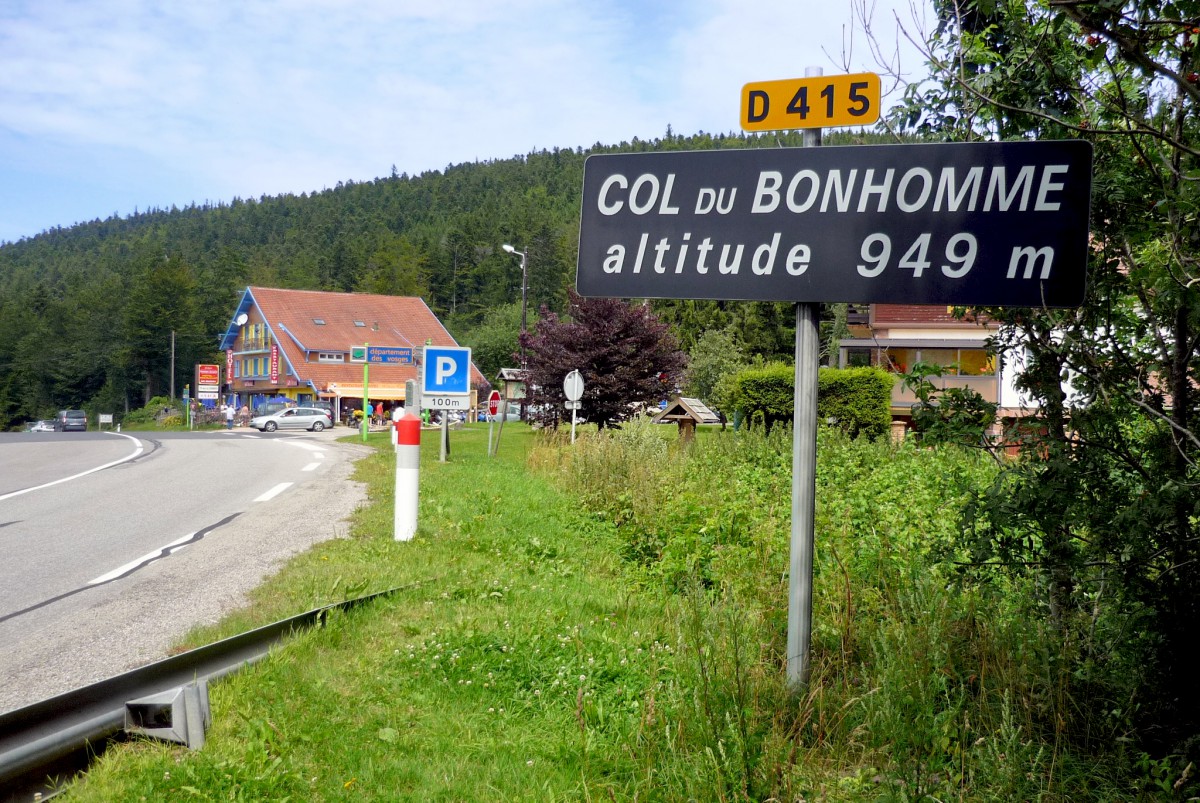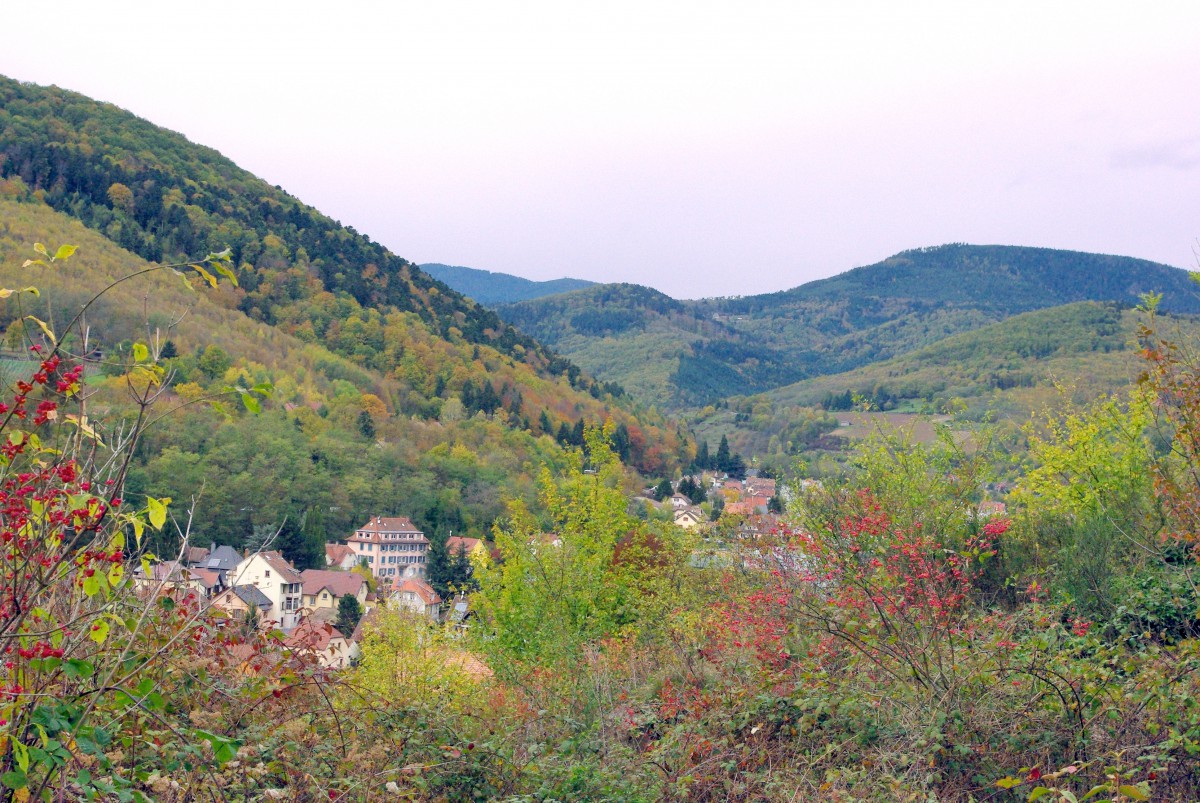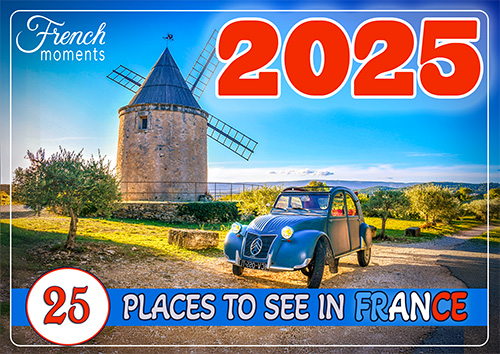We are here in the Welche country, that is to say, in a part of Alsace where the language and culture are traditionally Romance. The Kaysersberg Valley in the Vosges was carved out by the Weiss River and is home to several glacial lakes, thick forests and meadows.
A true paradise for those who love the mid-range mountains. Let me tell you a little more about the Kaysersberg Valley and its must-see sites.
Where is the Kaysersberg Valley?
The Weiss is the valley’s main river.
It is 24 kilometres long and rises near the Col du Linge and Lac Blanc at an altitude of 845 metres.
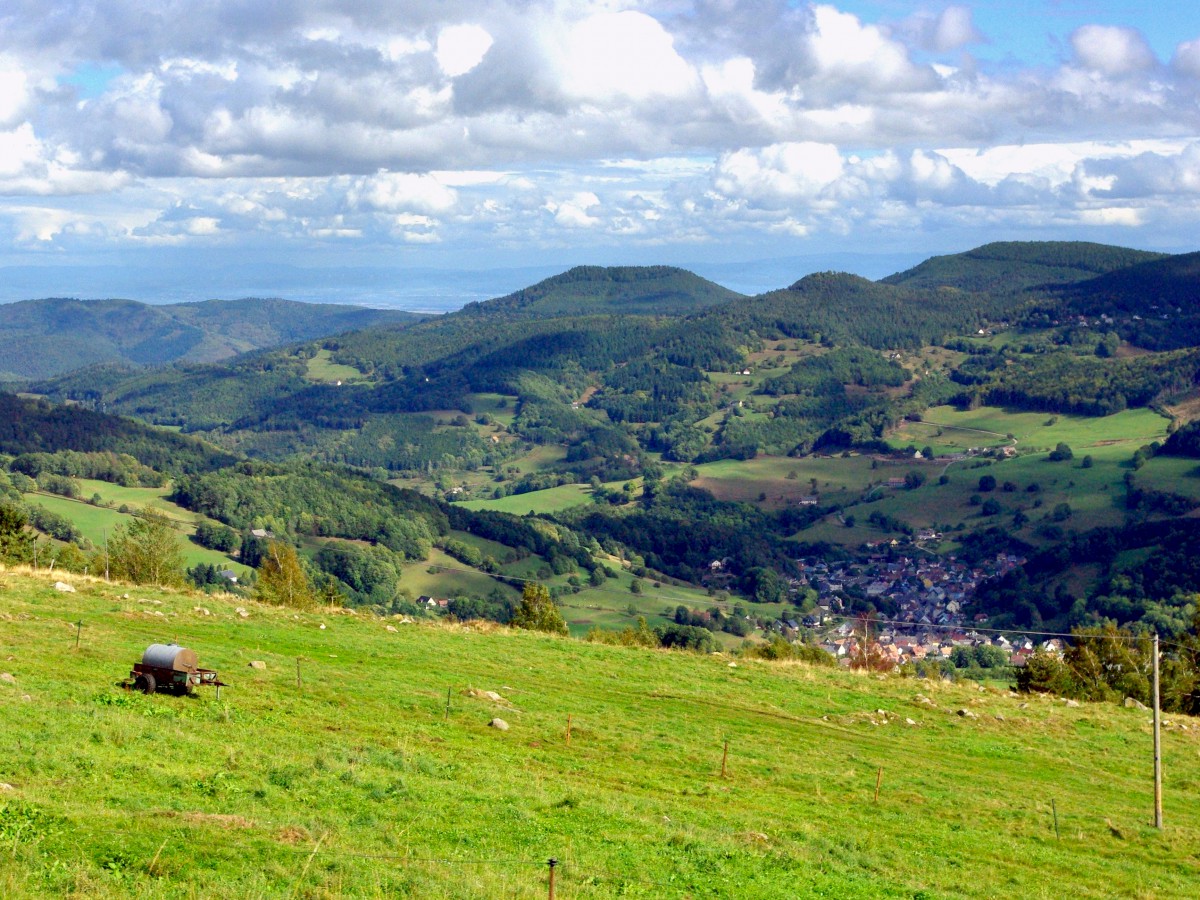
Between the Col du Bonhomme pass and the mouth of the Vosges valley at Kaysersberg, the Weiss river is flanked by a strategic road.
In the Middle Ages, this was an important route between the Duchy of Lorraine and the Alsace plain.
Access was controlled on the plain side by Kaysersberg Castle.
From 1871 to 1918, the Col du Bonhomme became the border between France and Germany.
Today, the road is still used by many vehicles, even though its importance has declined considerably since the opening of the Maurice-Lemaire Tunnel in 1976.
The villages of the Kaysersberg Valley
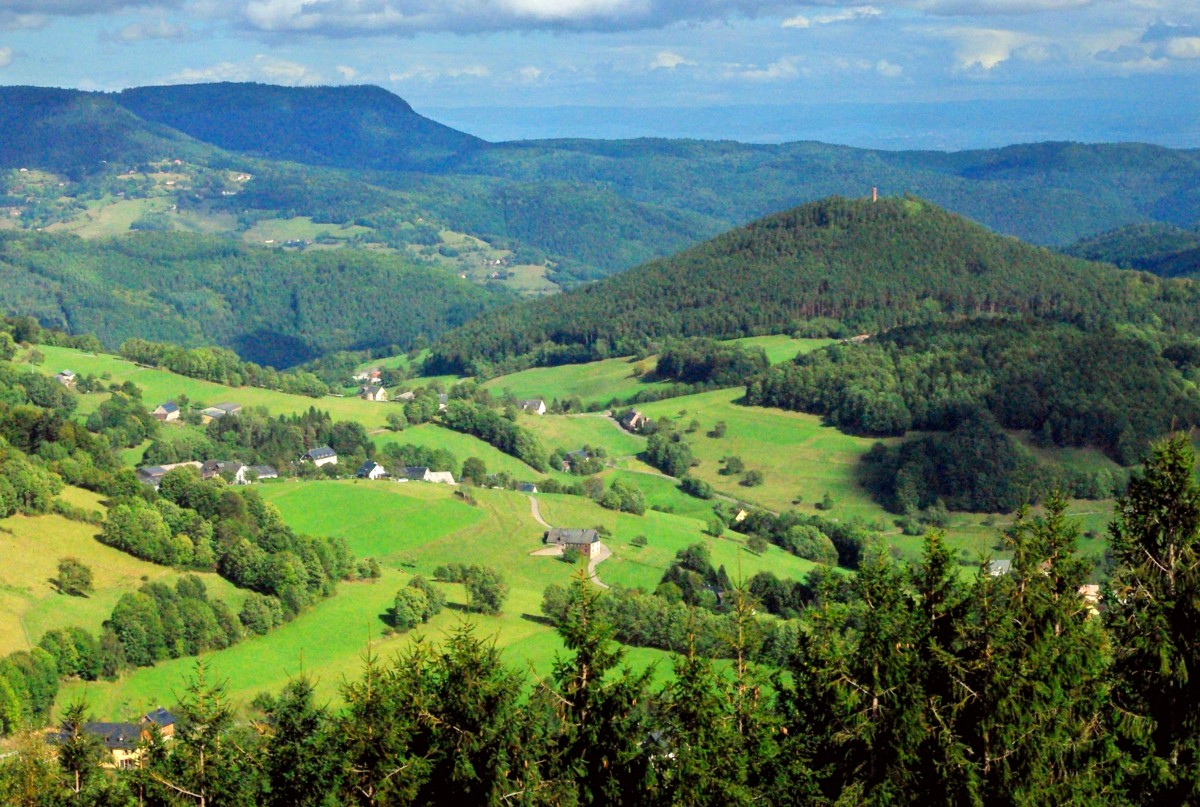
From the Route des Crêtes to Kaysersberg, the valley includes peaceful rural communities: Fréland, Labaroche, Lapoutroie, Le Bonhomme and Orbey.
The heart of the village is clustered around the parish church.
Further afield, numerous hamlets, chapels and isolated farms blend into the landscape.
Most of the dwellings scattered across the mountain slopes have been converted into holiday homes.
The inhabitants traditionally speak the Lorraine dialect, which is why they are known as the Welches on the Alsatian side.
The Kaysersberg Valley: nature side
The Kaysersberg Valley is entirely included in the Ballons des Vosges Regional Nature Park, created in 1989.
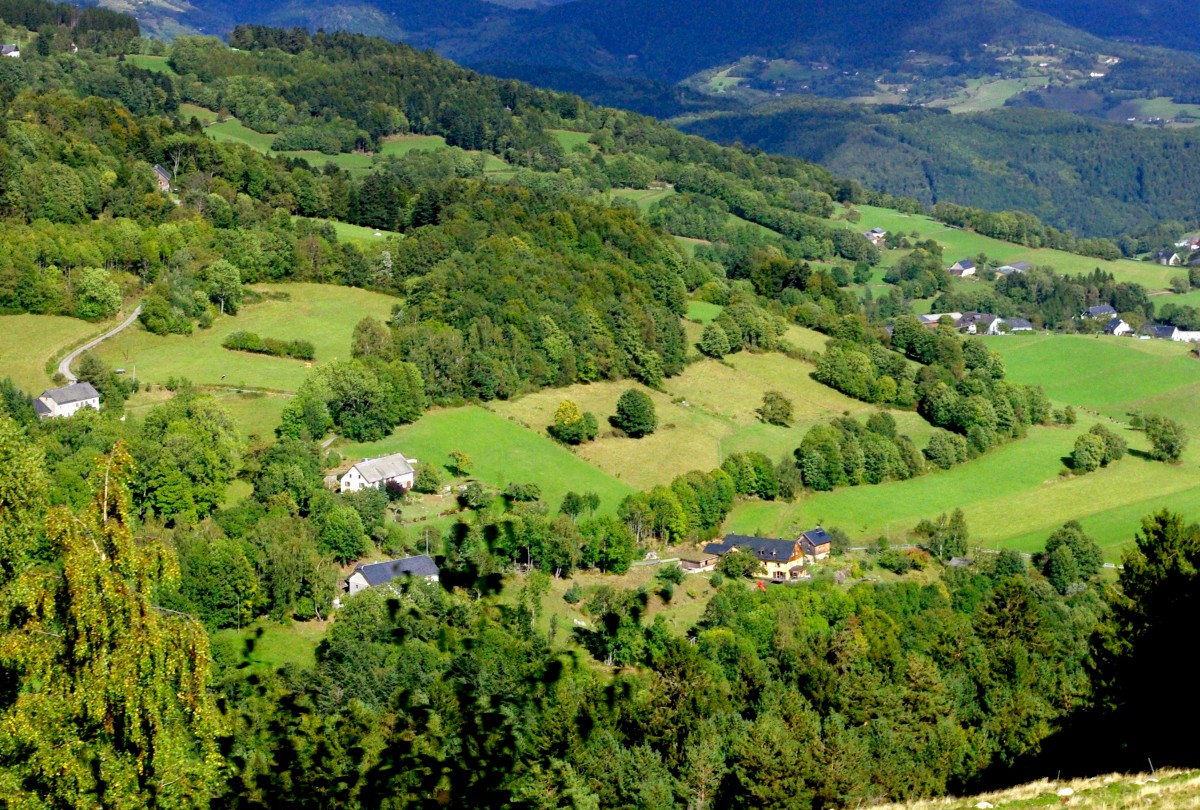
Like all the neighbouring valleys, the Kaysersberg valley offers hikers hundreds of kilometres of marked trails.
Here you can discover a typical Vosges landscape, consisting of forests, stubble fields, mountain lakes and small streams.
Vosges cows are at home here. Their milk is used to make the internationally renowned Vosges cheese: Munster.
Tip: for a panoramic view of these beautiful Vosges landscapes, climb the Faudé tower on the heights of Orbey.
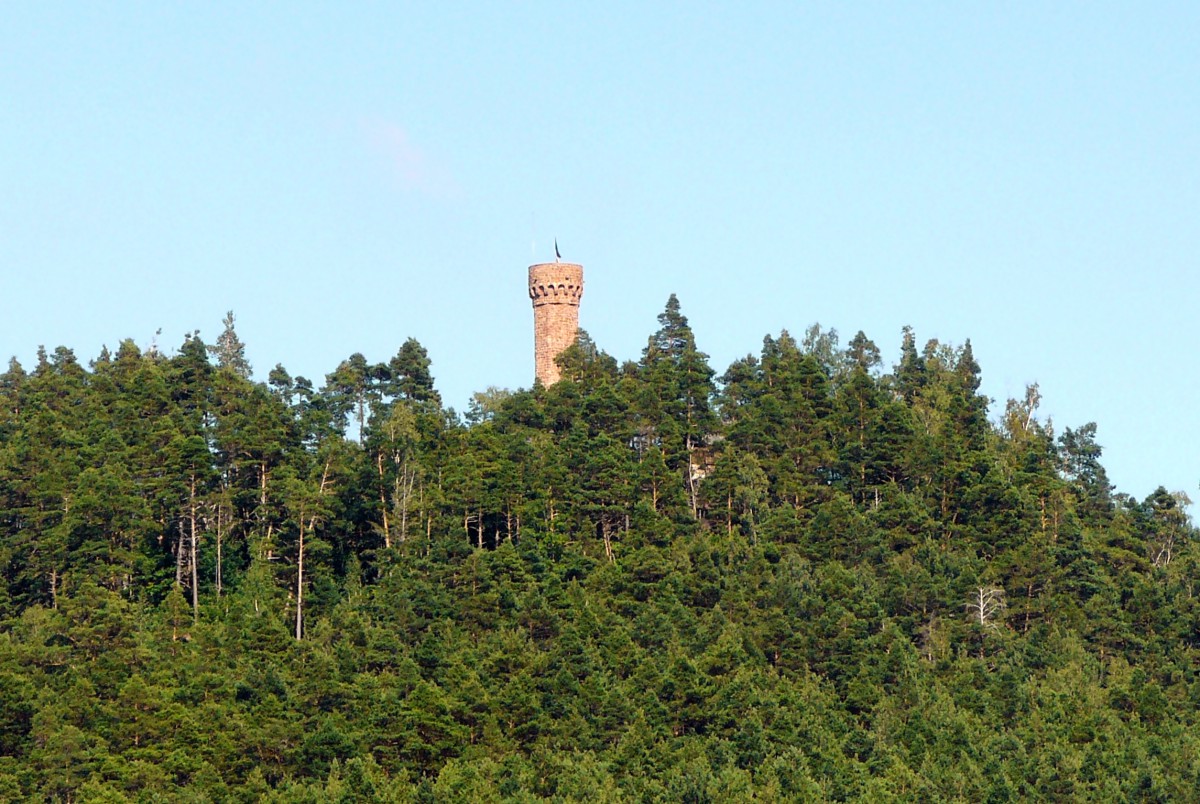
You can explore the valley in winter from the Lac Blanc resort.
The ski area includes several kilometres of ski slopes (downhill and cross-country).
For more information, visit the resort’s official website.
Places of remembrance in the Kaysersberg Valley
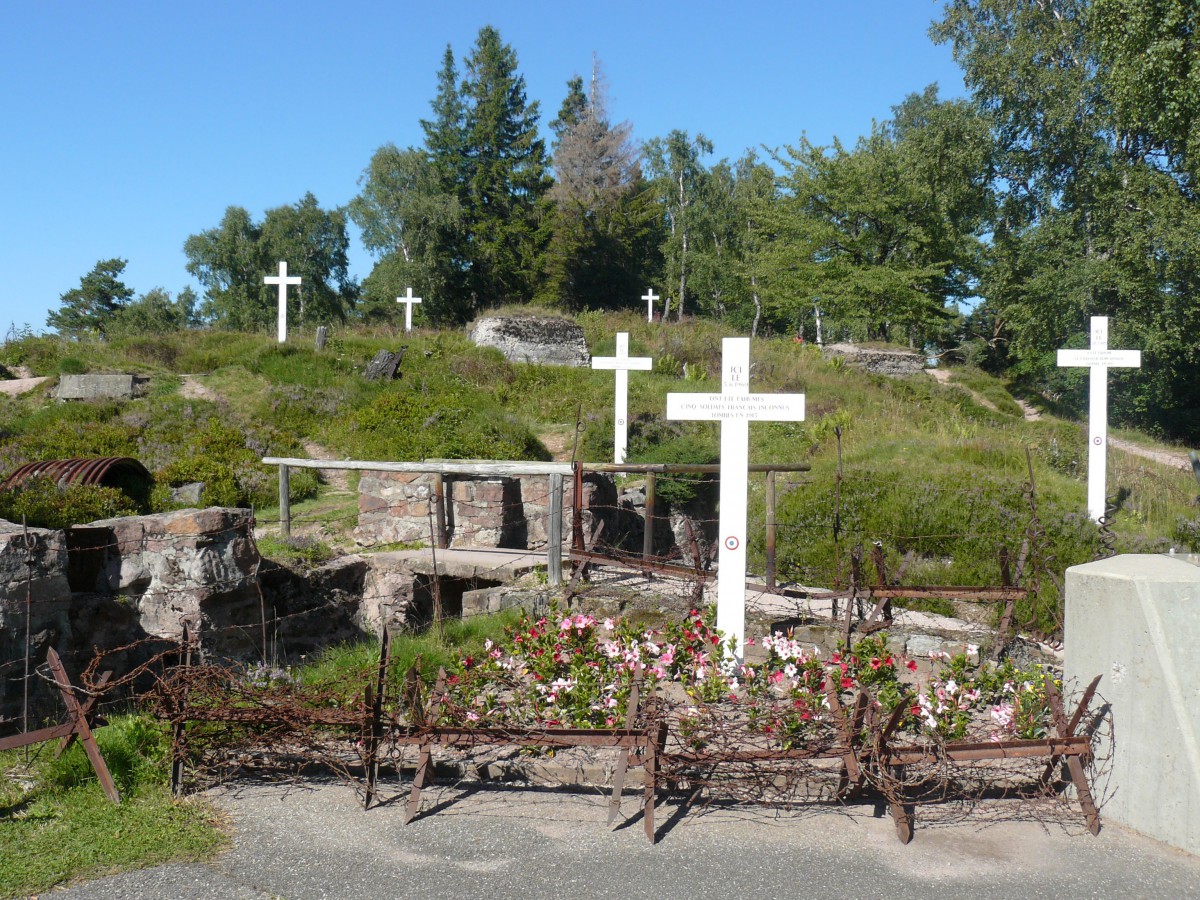
Located in the border area of the Vosges mountain range, the Kaysersberg Valley was the scene of fierce fighting between the French and Germans.
These places of remembrance are:
- Le Linge. This First World War battlefield near the Col du Linge is infamous for the terrible clashes between 20 July and 15 October 1915, which caused the deaths of 17,000 soldiers. The Linge Memorial Museum in Orbey houses military and personal items from both sides. Remains of the trenches can also be seen.
- The Wettsein Pass National Necropolis is dedicated to the memory of French soldiers killed during the Battle of Linge. More than 2,664 soldiers are buried in this peaceful place.
Continue your journey by exploring Kaysersberg, Kientzheim and Sigolsheim or the Vosges mountains along the Route des Crêtes.
To find out more about accommodation, restaurants and other attractions, visit the Kaysersberg Valley Tourist Office website.
Did you enjoy this article about the Kaysersberg Valley? If so, share it on Facebook or X 🙂
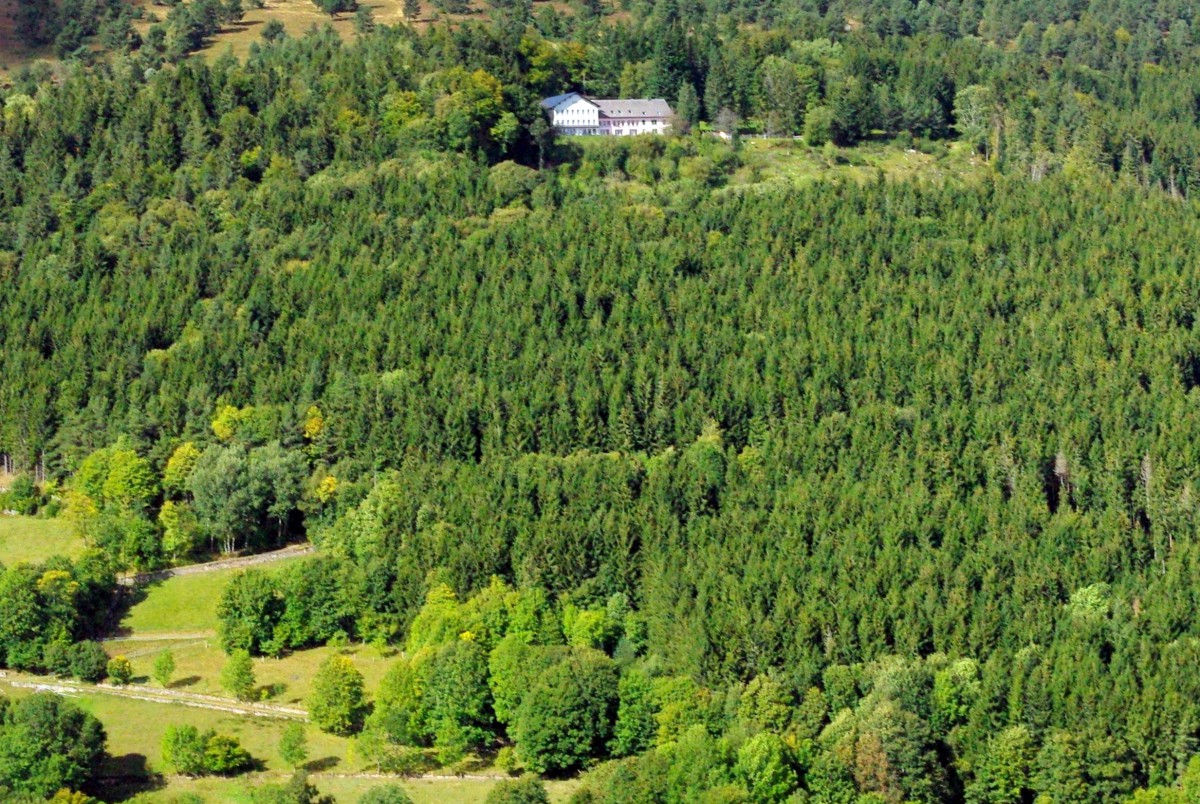
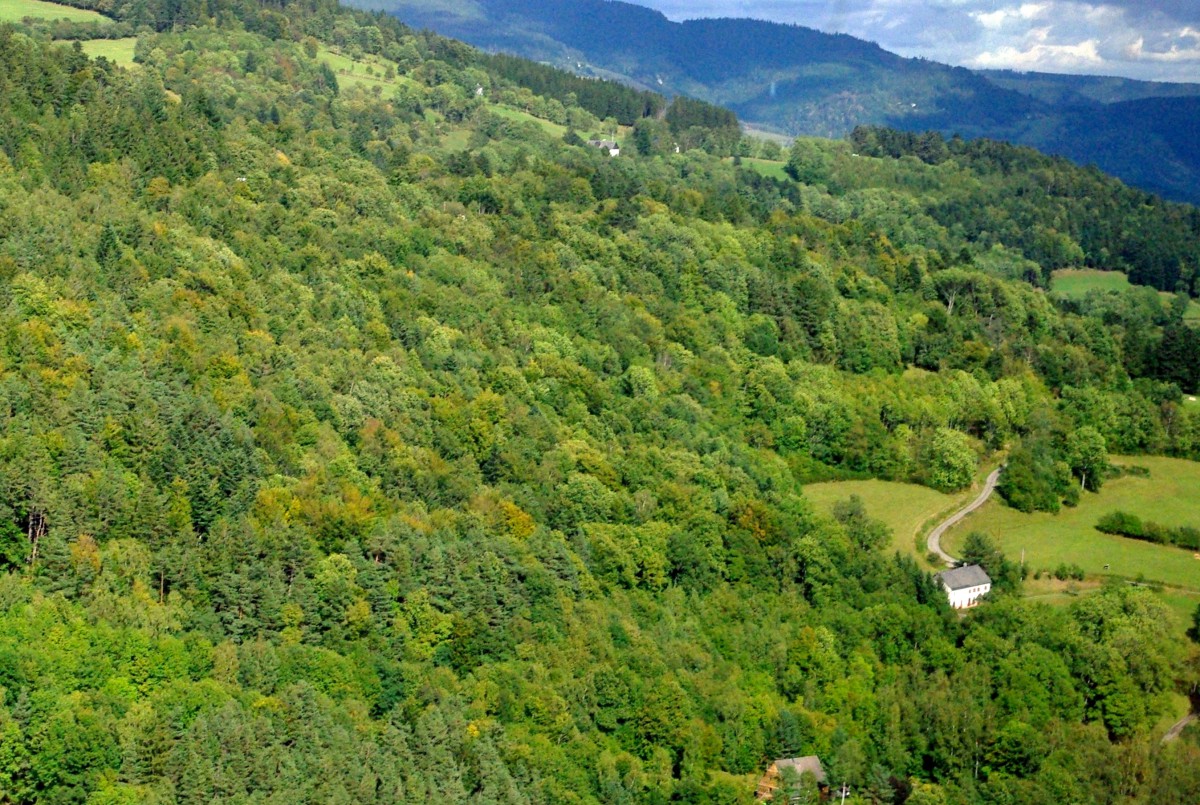
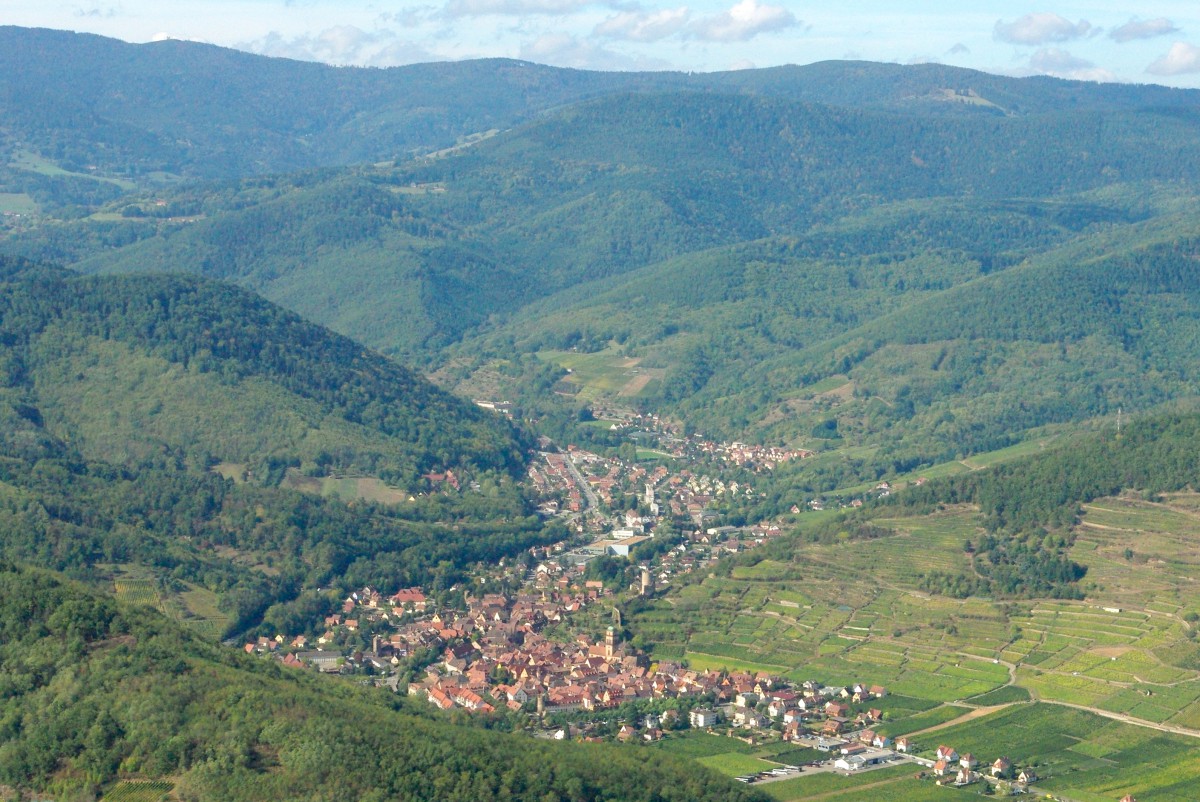
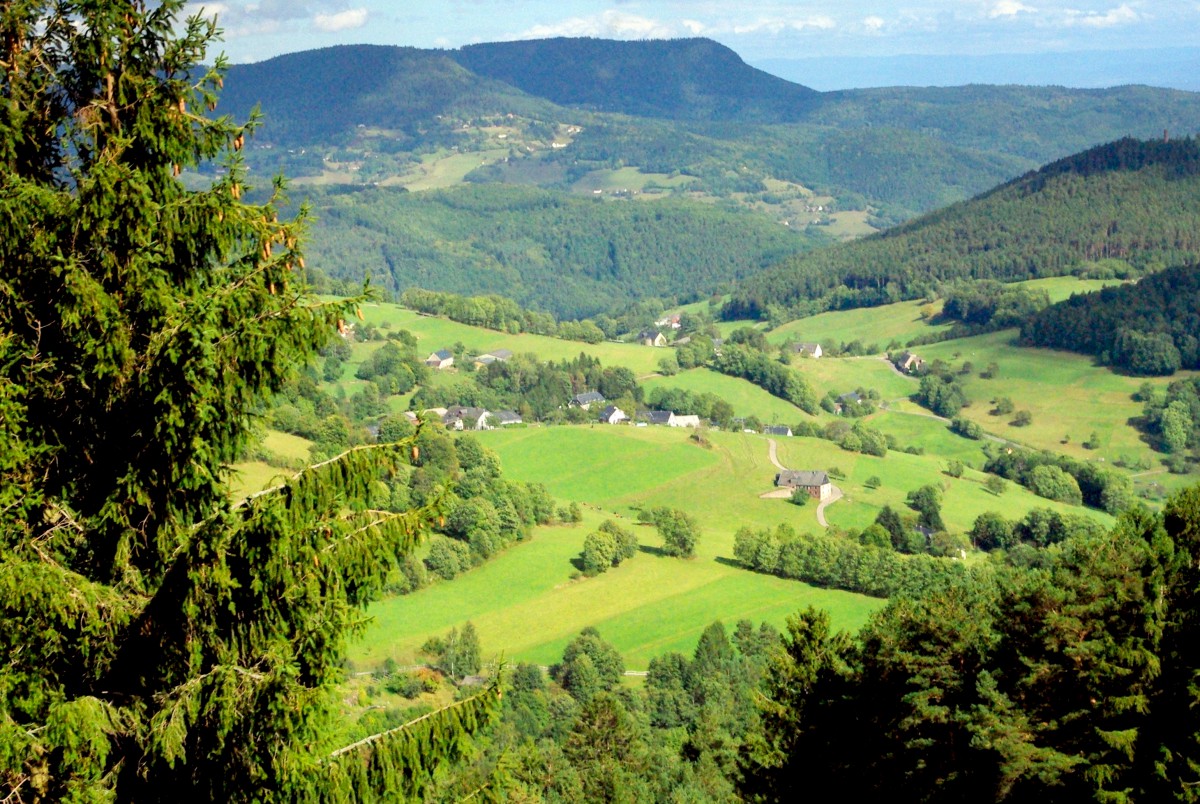
![Lac noir © Lionel Rich - licence [CC BY-SA 2.5] from Wikimedia Commons](https://mon-grand-est.fr/wp-content/uploads/2017/05/Lac-noir-Vosges-©-Lionel-Rich-licence-CC-BY-SA-2.5-from-Wikimedia-Commons-copy.jpg)
![Lac Blanc © Tubamirum - licence [CC BY-SA 3.0] from Wikimedia Commons](https://mon-grand-est.fr/wp-content/uploads/2017/05/Lac-Blanc-Vosges-©-Tubamirum-licence-CC-BY-SA-3.0-from-Wikimedia-Commons-copy.jpg)
